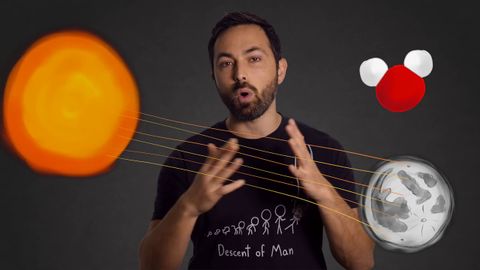
Subtitles & vocabulary
Video vocabulary
assume
US /əˈsum/
・
UK /ə'sju:m/
- Transitive Verb
- To act in a false manner to mislead others
- To believe, based on the evidence; suppose
A2TOEIC
More initiative
US /ɪˈnɪʃətɪv/
・
UK /ɪ'nɪʃətɪv/
- Noun (Countable/Uncountable)
- Ability to come up with solutions by yourself
- New plan or idea that is meant to fix a problem
B1TOEIC
More impact
US /ˈɪmˌpækt/
・
UK /'ɪmpækt/
- Noun
- A striking effect or result to hit with force
- Act or force of one thing hitting something else
- Verb (Transitive/Intransitive)
- To hit or strike someone or something with force
- To have a strong effect on someone or something.
A2TOEIC
More pursue
US /pɚˈsu/
・
UK /pə'sju:/
- Transitive Verb
- To follow and try to catch, or to reach a goal
- To try to achieve or get something over time
B1TOEIC
More Use Energy
Unlock All Vocabulary
Unlock pronunciation, explanations, and filters
